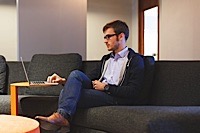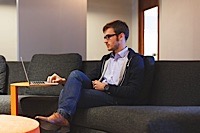
We may be closer to Thanksgiving than Halloween, but I hope this piece scares you. A lot.
Today, we take for granted that we will have full Internet access and connectivity to the world 24/7/365 on our smartphones, tablets and notebooks. We expect to be able to check a sports score or connect with a loved one in 10 seconds or less.
However, we don’t really consider that our smartphones and wireless device are connected to cell sites and cell towers. Which in turn are connected to the wireless operator’s main switching facility. All that needs lots of power, which after a blackout is provided by backup systems. If and when those systems run out of juice, at about 96 hours, we have a big problem.



















